[ENG]
There are probably hundreds of thousands of Catholic churches in the world, about a thousand of which have the unique status of a minor basilica. However, among all of them, four so-called major basilicas are distinguished, and all four are located in Rome, and they are:
Archbasilica of St. John in Lateran
St. Peter in the Vatican
St. Paul Outside the Walls
Basilica of St. Mary Major
Major basilicas are characterized by the fact that inside them there is an altar and a papal throne, from which masses can only be celebrated by the Pope or his delegates, besides, in my opinion, they do not stand out with anything special from the group of about a thousand basilicas evenly scattered around the world. Nevertheless, when we omit the spiritual dimension of visiting these 4 churches, there is still a historical and cultural aspect, because each one of these four churches is undeniably a priceless treasure of art and a witness to the most important historical events. While in Rome, I had to visit each of them.
[PL]
Prawdopodobnie na świecie jest setki tysięcy kościołów katolickich, z których około tysiąc posiada wyjątkowy status bazyliki mniejszej. Natomiast spośród ich wszystkich wyróżnia się cztery tak zwane bazyliki większe i wszystkie cztery znajdują się właśnie w Rzymie i są to:
Arcybazylika św. Jana na Lateranie
Bazylika św. Piotra na Watykanie
Bazylika św. Pawła za Murami
Bazylika Matki Bożej Większej
Bazyliki większe charakteryzują się tym, że w ich wnętrzu znajduje się ołtarz i tron papieski, z których msze może odprawiać tylko papież lub jego delegaci, poza tym w mojej ocenie nie wyróżniają się niczym szczególnym z grona około tysiąca bazylik równomiernie rozsianych po całym świecie. Nie mniej jednak gdy pominiemy duchowy wymiar odwiedzania tych 4 kościołów to przecież jeszcze pozostaje aspekt historyczny i kulturowy, bo przecież każdy jeden z tych czterech kościołów to niezaprzeczalnie bezcenny skarb sztuki i świadek najważniejszych wydarzeń historycznych. Będąc w Rzymie musiałem odwiedzić każdy z nich.
[ENG]
About St. I wrote about Peter in the Vatican in previous texts, so there is no need to repeat myself, I will just say that for me it turned out to be an unusual curiosity that, according to the tradition of the Catholic Church, although the Vatican is the apostolic see, it is the Basilica of St. Peter is not the most important temple at all!
The most important is the Archbasilica of St. John in Lateran, whose full name is: "The Pontifical Archbishop of the Holy Savior, St. John the Baptist and St. John the Evangelist in Lateran. Mother and Head of All Churches of the City and the World ”. We got there on foot from the city center, it took us about 30 minutes from the Roman Forum area. Immediately after reaching Piazza Giovanni Paolo II, i.e. John Paul II Square, I headed for the first open door I encountered, and a mistake, because we entered the San Giovanni in Fonte Lateran Baptistery. I felt that something was wrong here, that the interior was too small, too little sumptuous, and I was right. Although the baptistery is very old, it was not our goal. After returning to St. John Paul II, we had to go around the Lateran obelisk, which is the highest of all obelisks brought from Egypt to Rome in antiquity, and we went to St. John in Lateran and only then did we reach our destination.
Archbasilica of St. John Lateran was the residence of the popes from AD 313 until the Captivity of Avignon in the early 14th century. In the absence of the papal hosts, the temple was burned and looted, so after the end of the popes' residence in Avignon in 1377, Pope Gregory XI, returning to Rome, chose the Vatican as his new seat and thus began a new history of the apostolic seat that continues to this day.
[PL]
O bazylice św. Piotra na Watykanie pisałem już w poprzednich tekstach, wiec nie ma potrzeby się powtarzać, powiem tylko, że dla mnie niezwykłą ciekawostką okazało się to, że zgodnie z tradycją Kościoła katolickiego mimo, że Watykan jest stolicą apostolską, to bazylika św. Piotra nie jest wcale najważniejszą świątynią!
Najważniejszą jest Arcybazylika św. Jana na Lateranie , której pełna nazwa brzmi: „Papieska arcybazylika Najświętszego Zbawiciela, św. Jana Chrzciciela i św. Jana Ewangelisty na Lateranie. Matka i Głowa Wszystkich Kościołów Miasta i Świata”. Doszliśmy tam pieszo co z centrum miasta, z okolić Forum Romanum zajęło nam jakieś 30 minut. Od razu po dojściu na Piazza Giovanni Paolo II czyli plac Jana Pawła II skierowałem się do pierwszych napotkanych otwartych drzwi, no i błąd, bo weszliśmy do Baptysterium Laterańskiego San Giovanni in Fonte. Czułem, że coś tu nie gra, że to wnętrze jest zbyt małe, zbyt mało wystawne no i miałem rację. Mimo, że baptysterium jest bardzo wiekowe to jednak nie był nasz cel. Po powrocie na plac św. Jana Pawła II musieliśmy obejść obelisk Laterański, czyli najwyższy z wszystkich przywiezionych w starożytności z Egiptu do Rzymu obelisków i przeszliśmy na plac św. Jana na Lateranie i dopiero wtedy dotarliśmy do celu.
Arcybazylika św. Jana na Lateranie była rezydencją papieży od roku 313, aż do czasu Niewoli awiniońskiej z początku XIV wieku. Pod nieobecność papieskich gospodarzy świątynia została spalona i ograbiona, dlatego po zakończeniu okresu rezydowania papieży w Awinionie w roku 1377 wracający do Rzymu papież Grzegorz XI jako swoją nową siedzibę wybrał Watykan i w ten sposób zapoczątkował jego nową historię siedziby apostolskiej trwającą do dziś.
[ENG]
The third basilica in the order of our visit was the Basilica of St. Paul Outside the Walls, and as the name suggests, it is located outside the walls and it is quite a distance, because to get to it we had to take a city bus about 30 minutes, but it was worth it. According to tradition, it is the burial place of Saint Paul of Tarsus. The temple was built in the years 386-440. Unfortunately, on July 15, 1823, during the conservation works in the temple, there was a fire that consumed almost the entire temple. Its reconstruction in its original shape was completed only in 1854. In my subjective opinion, it is the most beautiful church in Rome.
[PL]
Trzecia w kolejności naszego zwiedzania bazyliką była Bazylika św. Pawła za Murami, no i jak sama nazwa wskazuje znajduje się ona za murami i to dość daleko, bo aby się do niej dostać musieliśmy jechać autobusem miejskim około 30 minut, ale warto było. Według tradycji jest to miejsce pochówku świętego Pawła z Tarsu. Powstanie świątyni przypadło na lata 386-440. Niestety, 15 lipca 1823, podczas konserwatorskich w świątyni doszło do pożaru, który strawił prawie cała świątynię. Jej odbudowa w pierwotnym kształcie zakończyła się dopiero 1854 roku. W mojej subiektywnej ocenie jest to najładniejszy kościół w Rzymie.
[ENG]
The last of the four churches visited was the Basilica of St. Mary Major. Unfortunately, throughout our stay in Rome, we did not have to visit her on the way and it was only on the last day, on the way to the airport, when we went to the bus station, that we stopped there for a while. The history of the church dates back to 352, when, according to legend, Pope Liberius dreamed of the Mother of God. She told him that a church would be built in a place where snow fell in the middle of summer. As she said, it happened because in the middle of August snow fell on one of the Roman hills. So there was no discussion. It was time to start construction, but the work was dragged on for a long time, because the construction began for good only in 432. It is best to look at the churches from the area of the column standing from 1614 on the square in front of the church. The column was moved here from the destroyed Basilica of Maxentius.
[PL]
Ostatnim z czwórki odwiedzionych kościołów była Bazylika Matki Bożej Większej. Niestety przez cały pobyt w Rzymie nie mieliśmy do niej po drodze i dopiero ostatniego dnia już w drodze na lotnisko, idąc na dworzec autobusowy wstąpiliśmy tam na chwilę. Historia kościoła sięga roku 352 kiedy to zgodnie z legendą papieżowi Liberiuszowi przyśniła się Matka Boża. Powiedziała mu, że w miejscu w którym w środku lata spadnie śnieg zostanie zbudowany kościół. Jak powiedziała tak się stało, bo już w środku sierpnia na jednym z rzymskich wzgórz spadł śnieg. Nie było więc dyskusji. Trzeba było ruszać z budową, ale prace przeciągnęły się znacznie, bo na dobre budowa zaczęła się dopiero w 432 roku. Na świątynie najlepiej jest patrzeć z okolic kolumny stojącej od 1614 roku na placu przed kościołem. Kolumna została tutaj przeniesiona z zniszczonej bazyliki Maksencjusza.
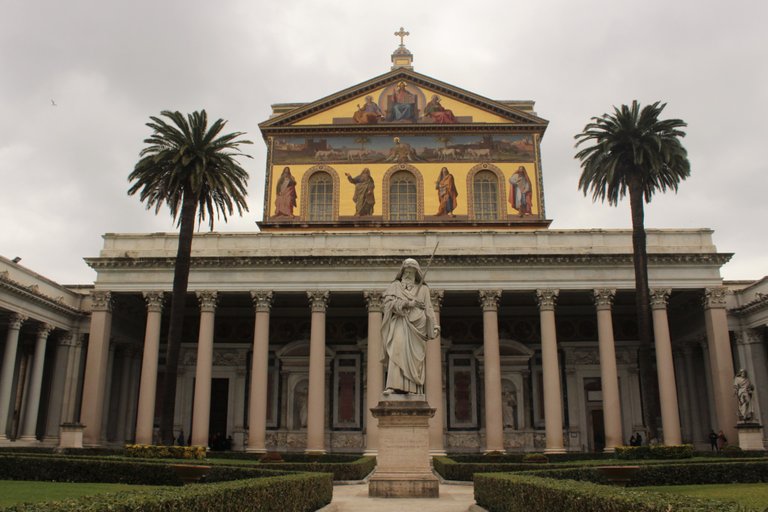
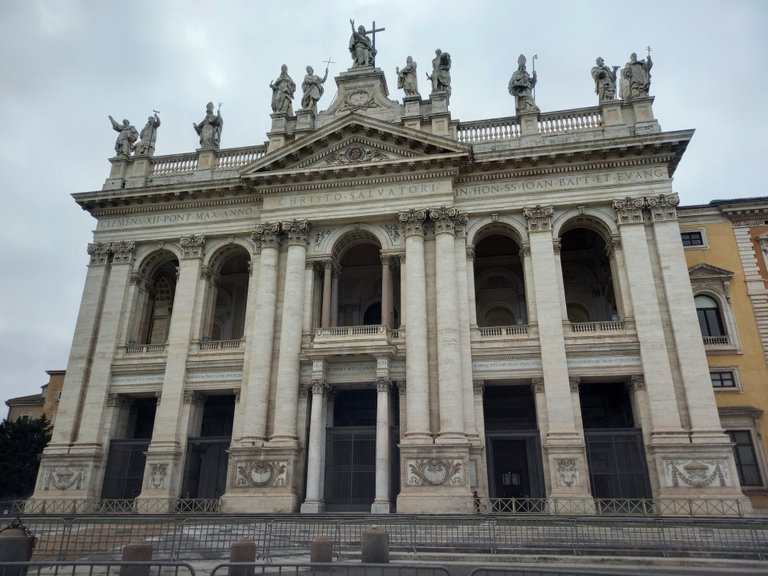
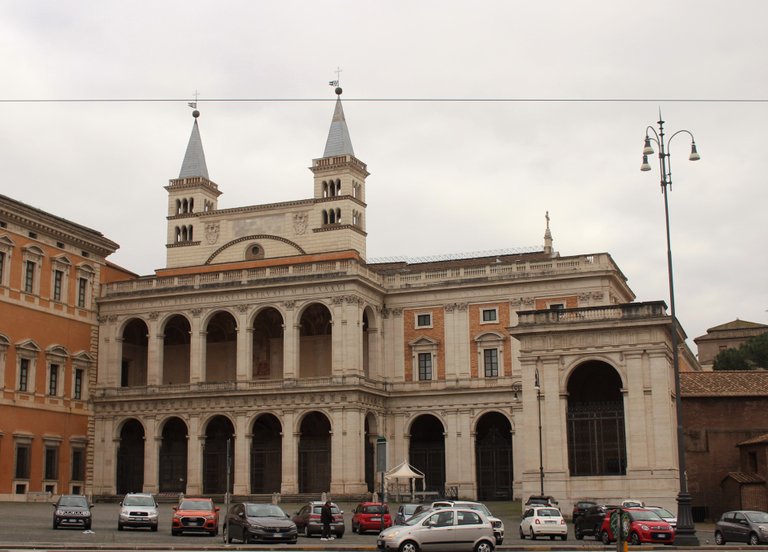
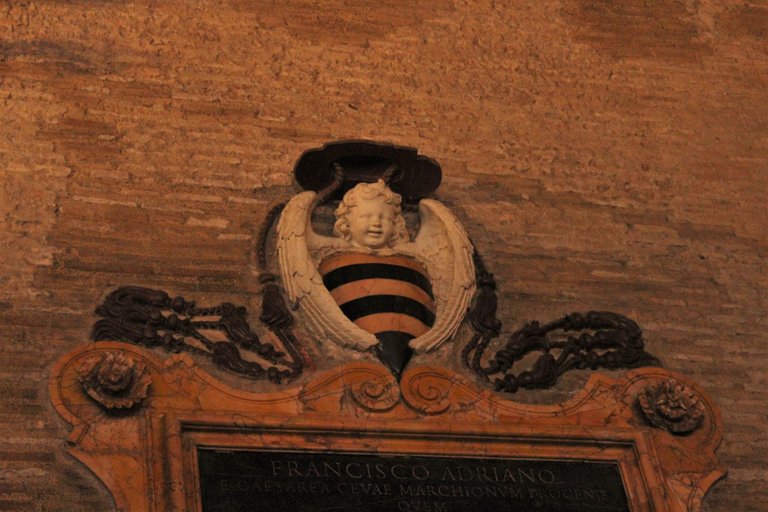
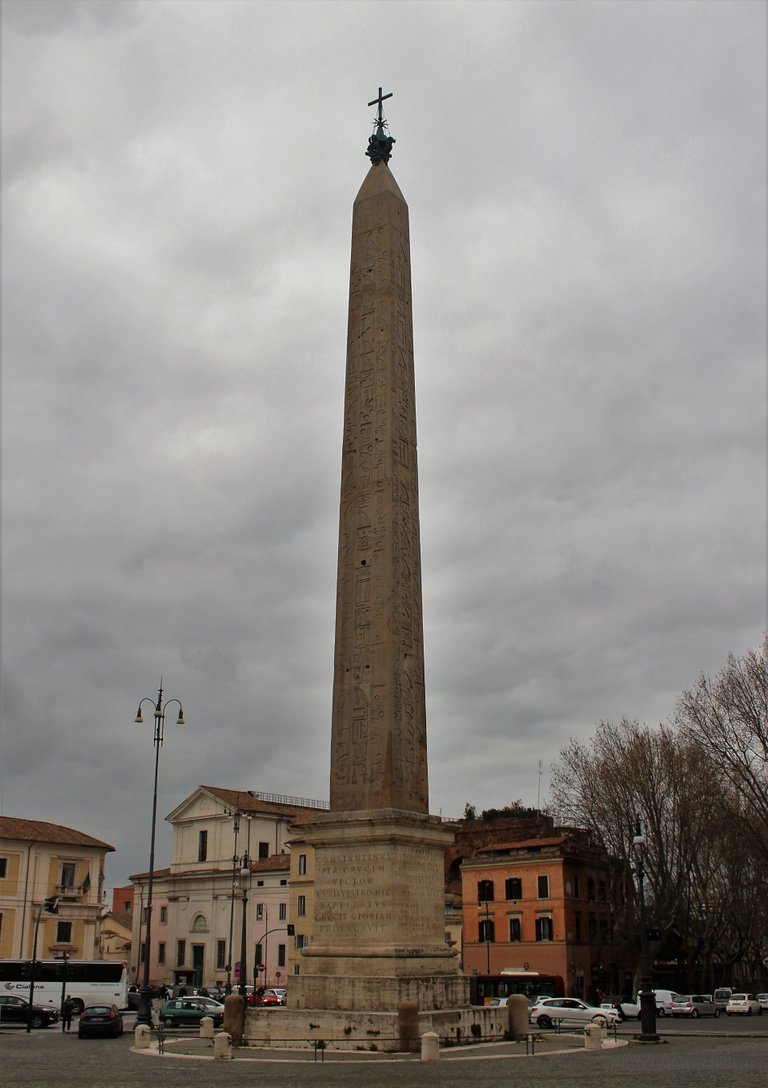
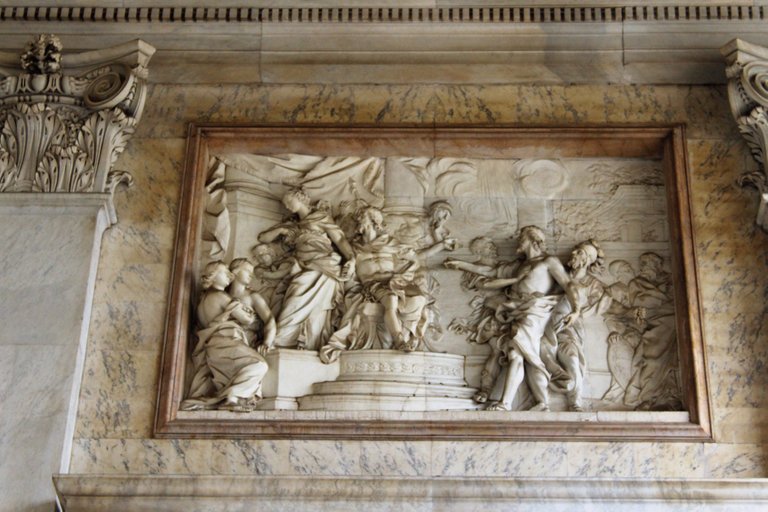
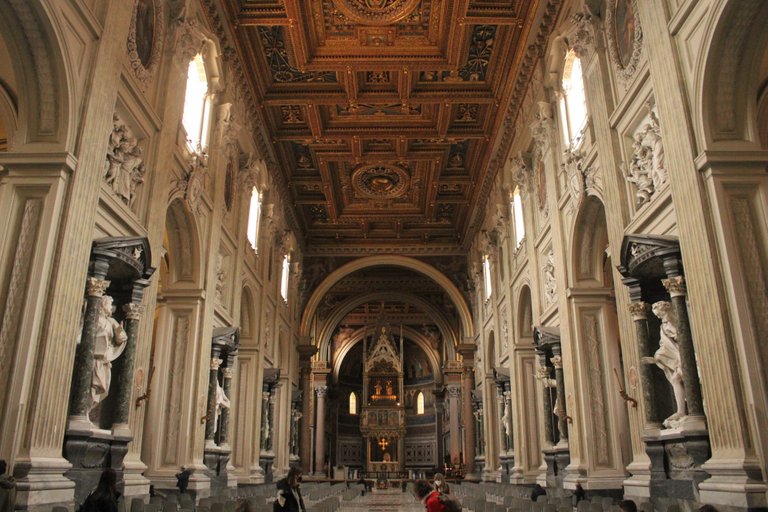
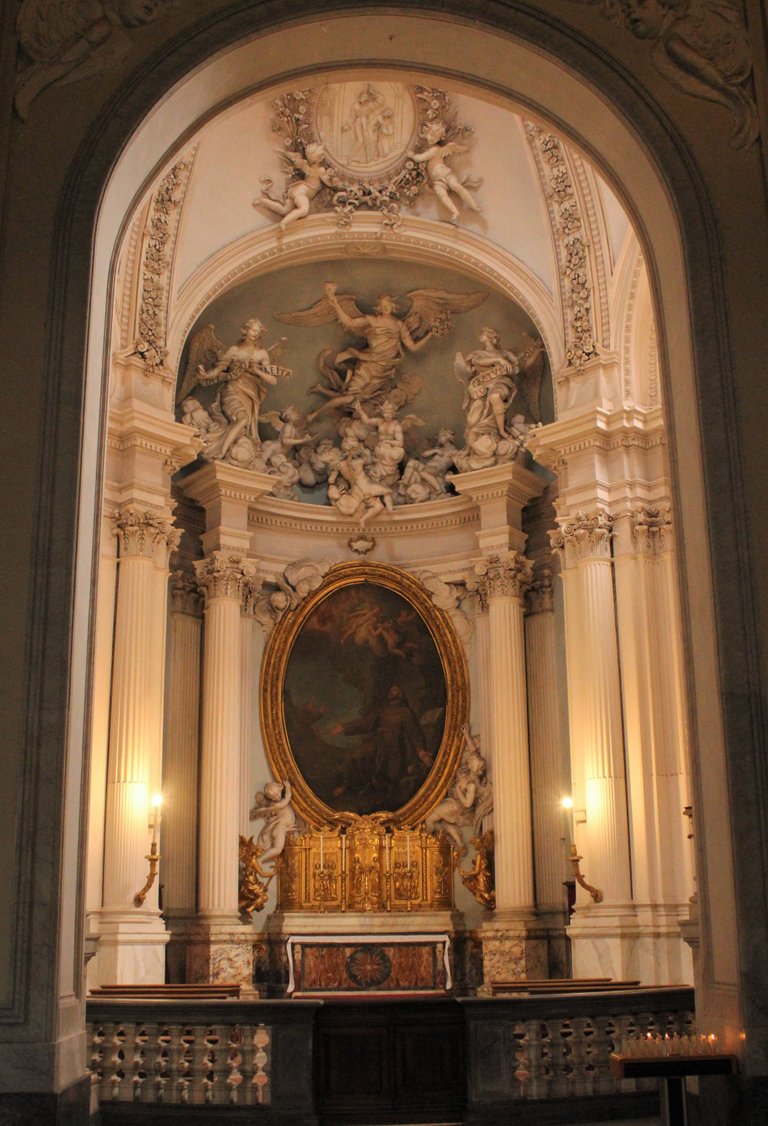

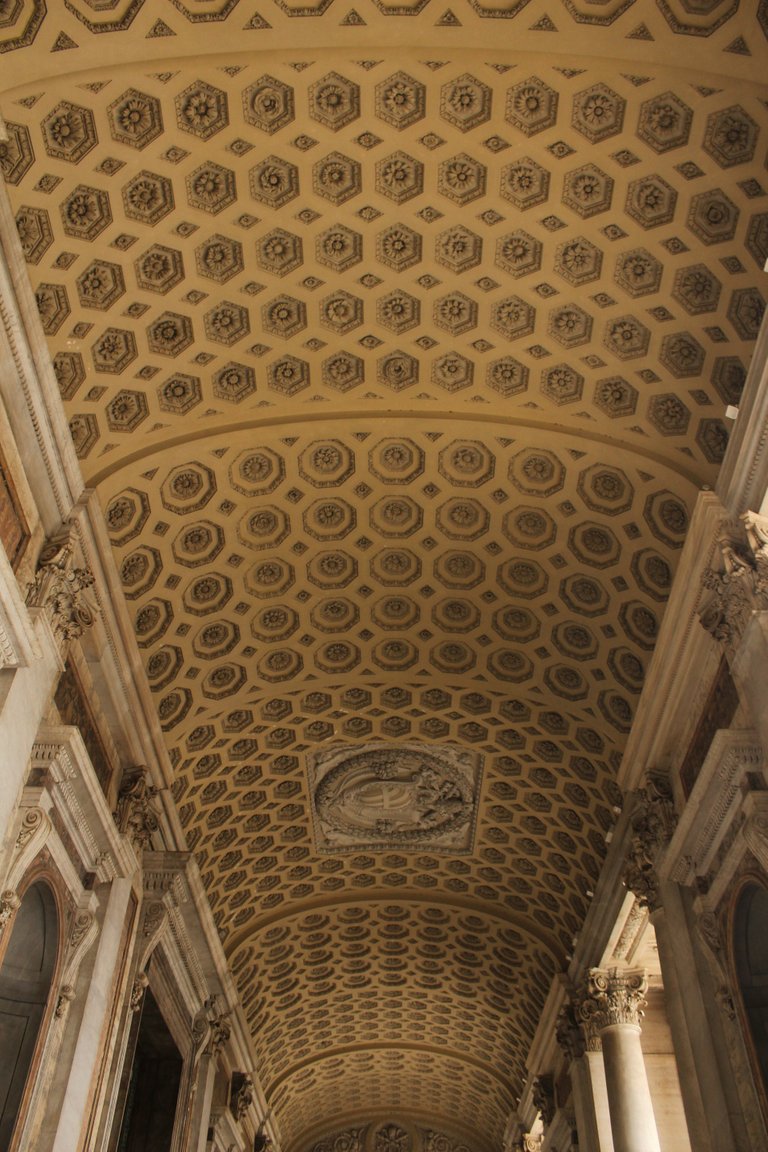
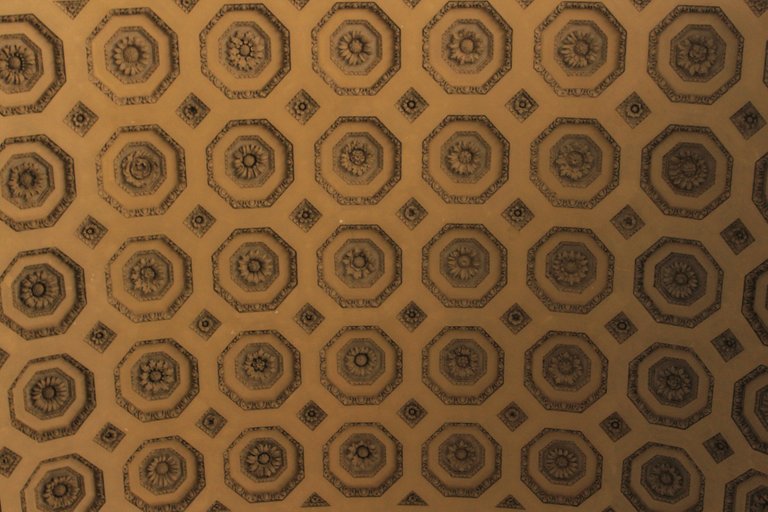
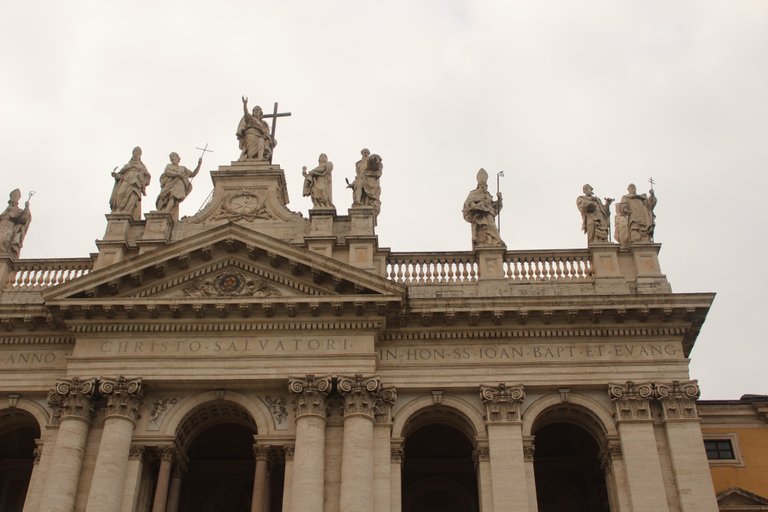
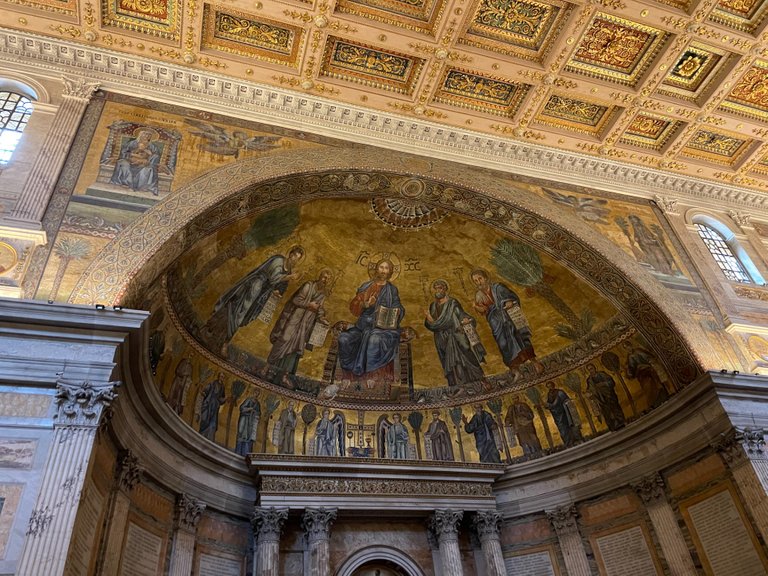


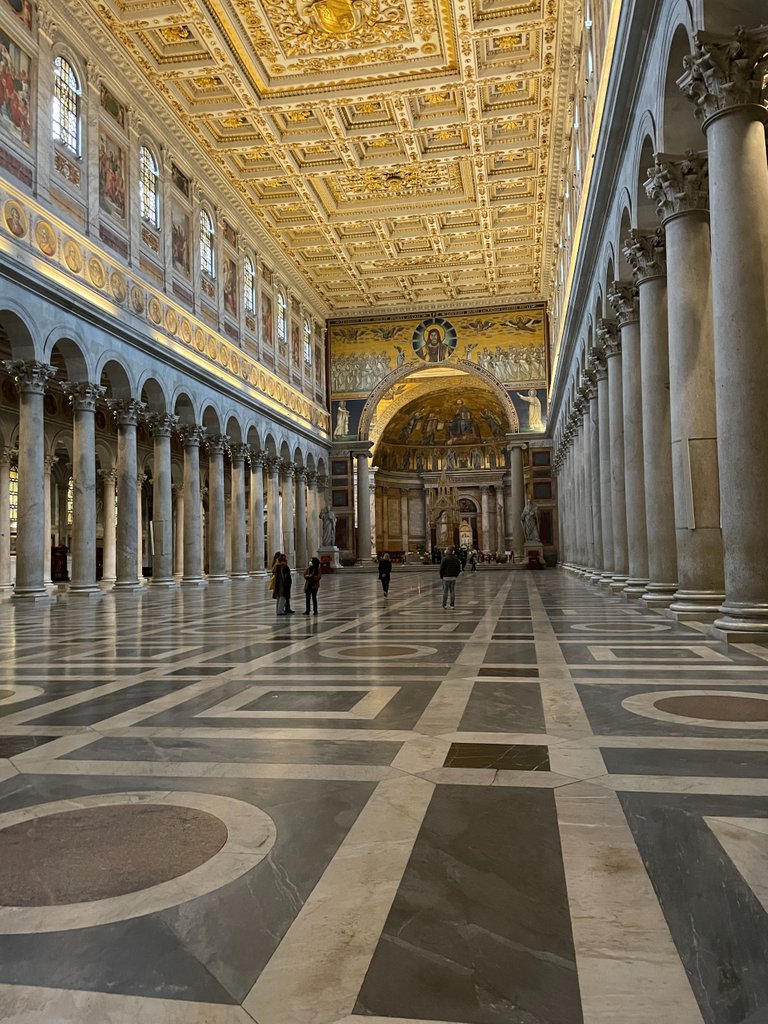
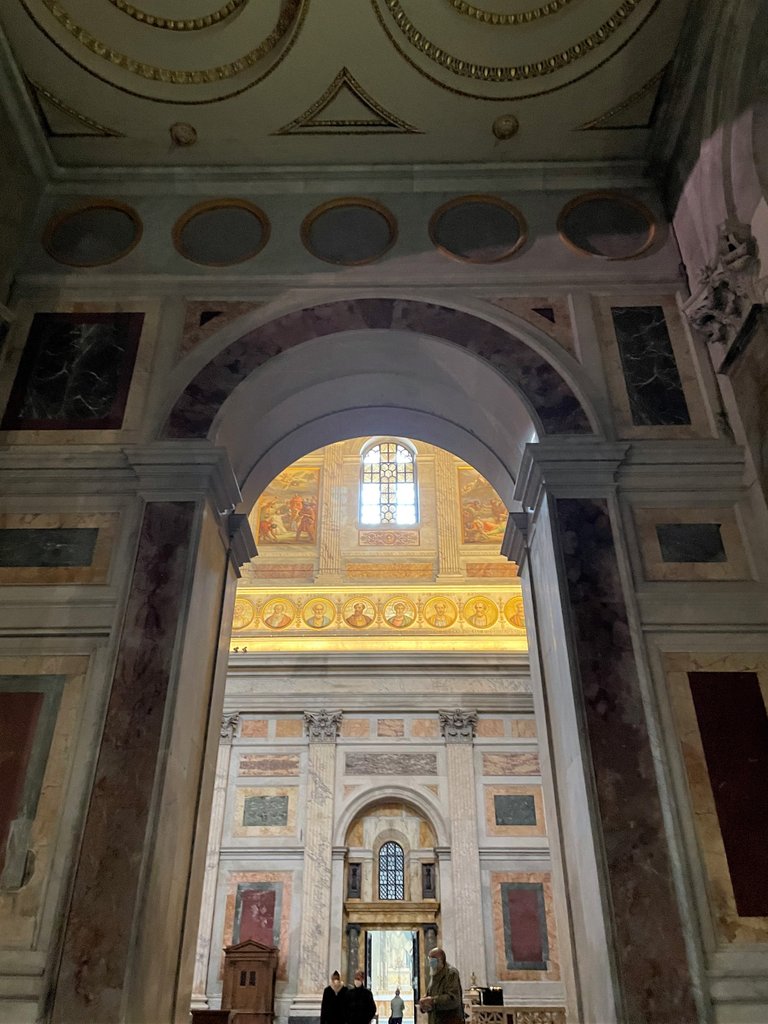
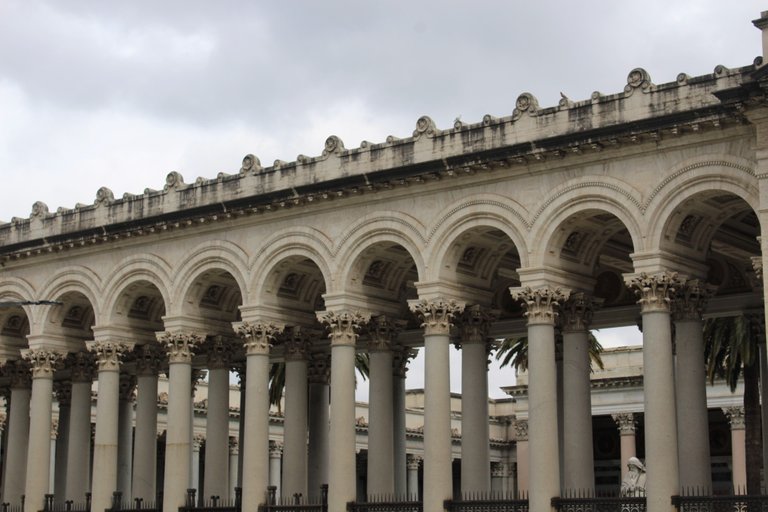
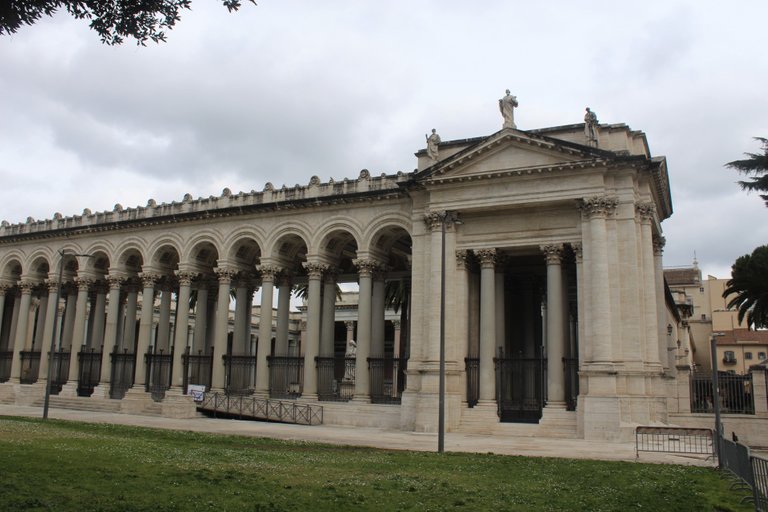
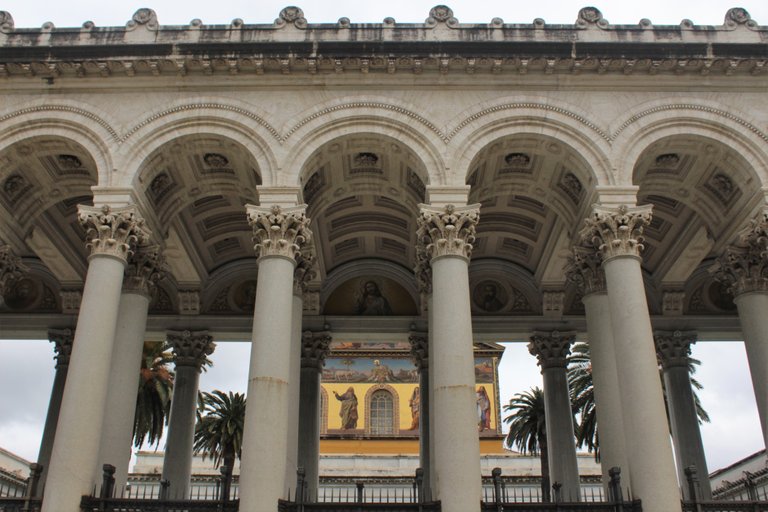
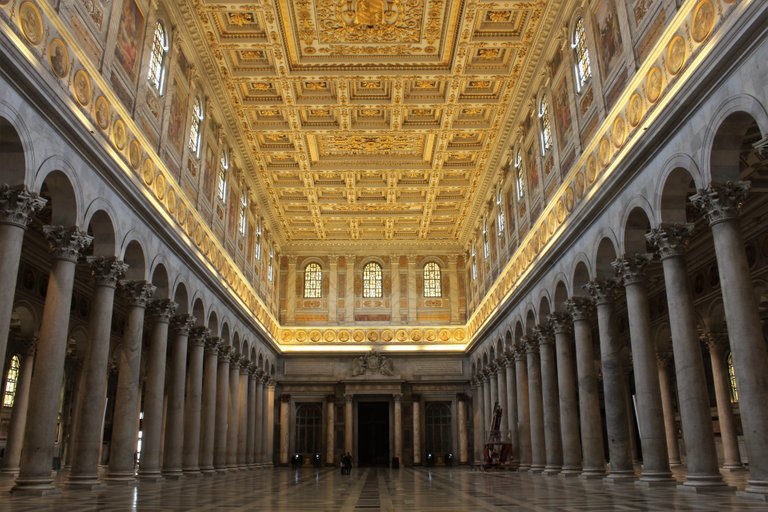

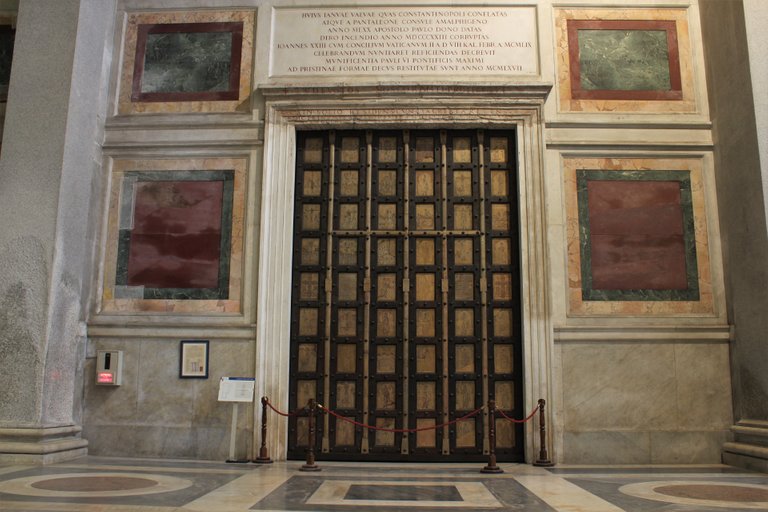
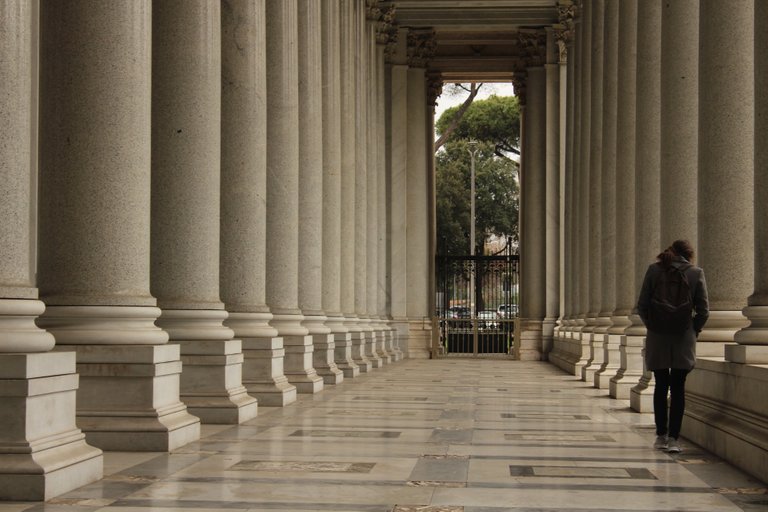
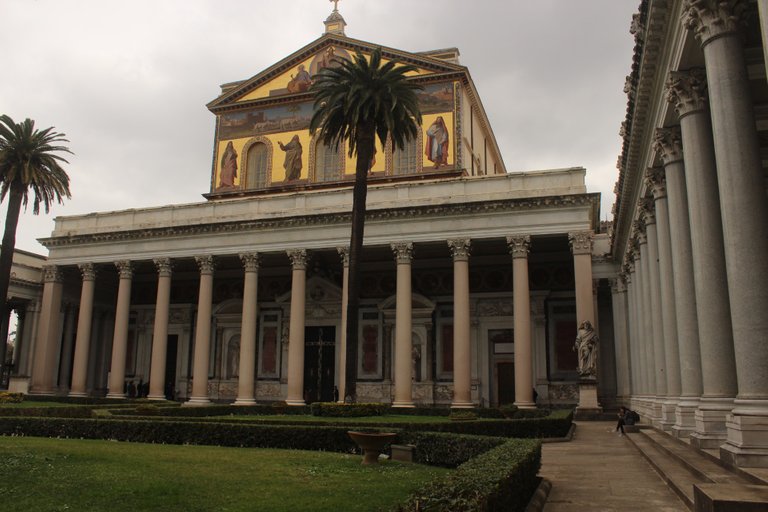
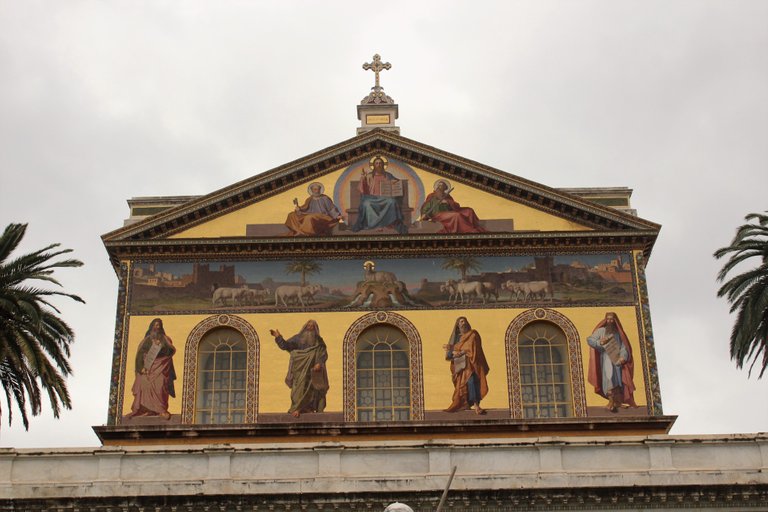
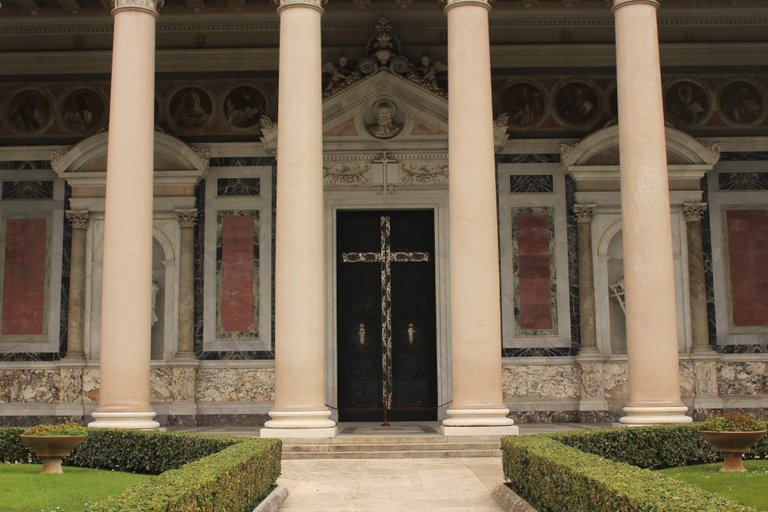
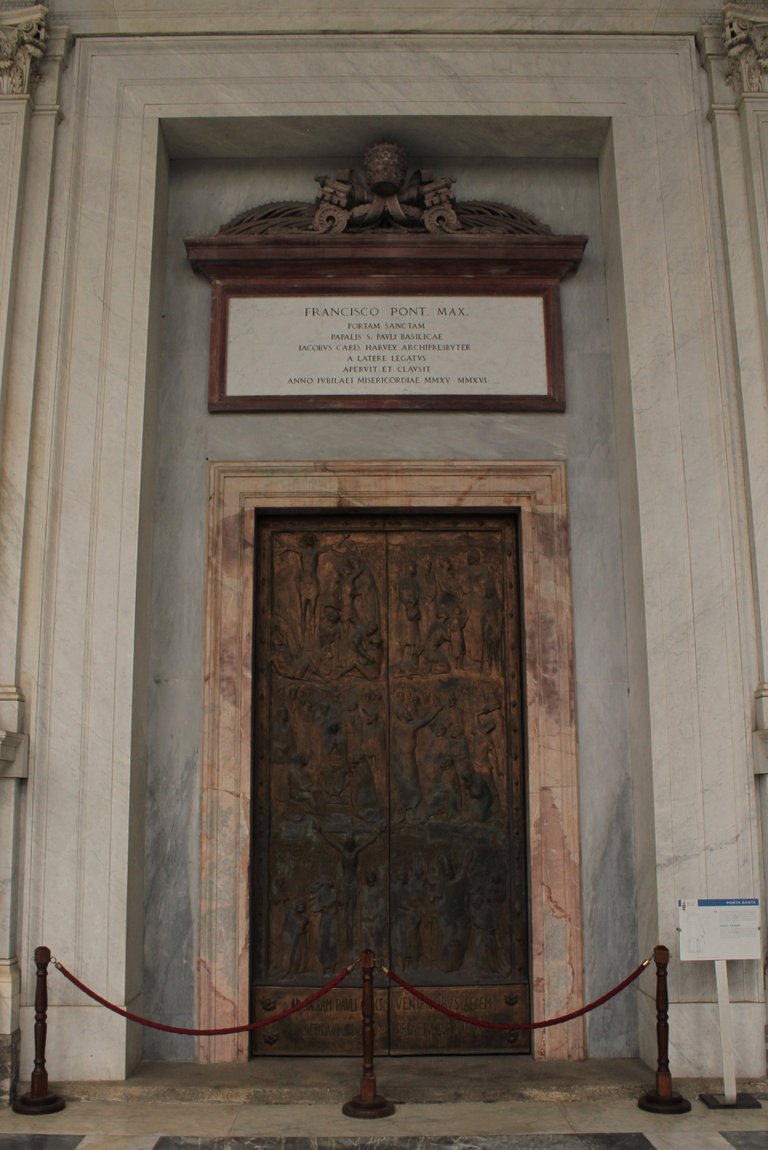

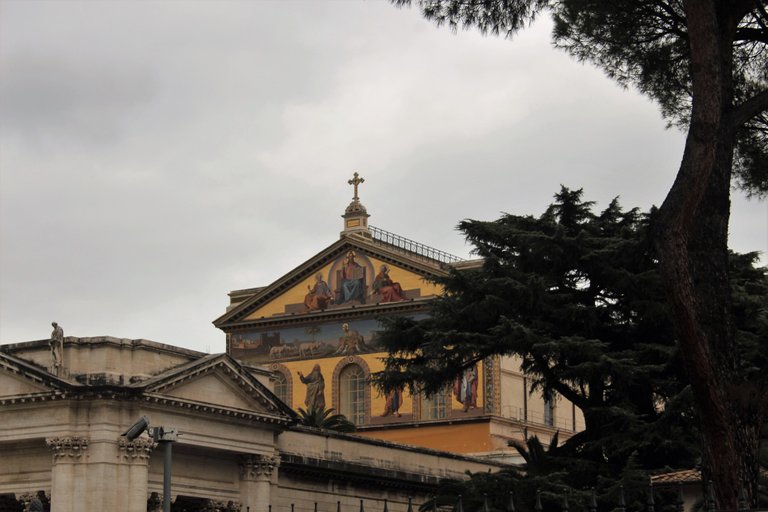
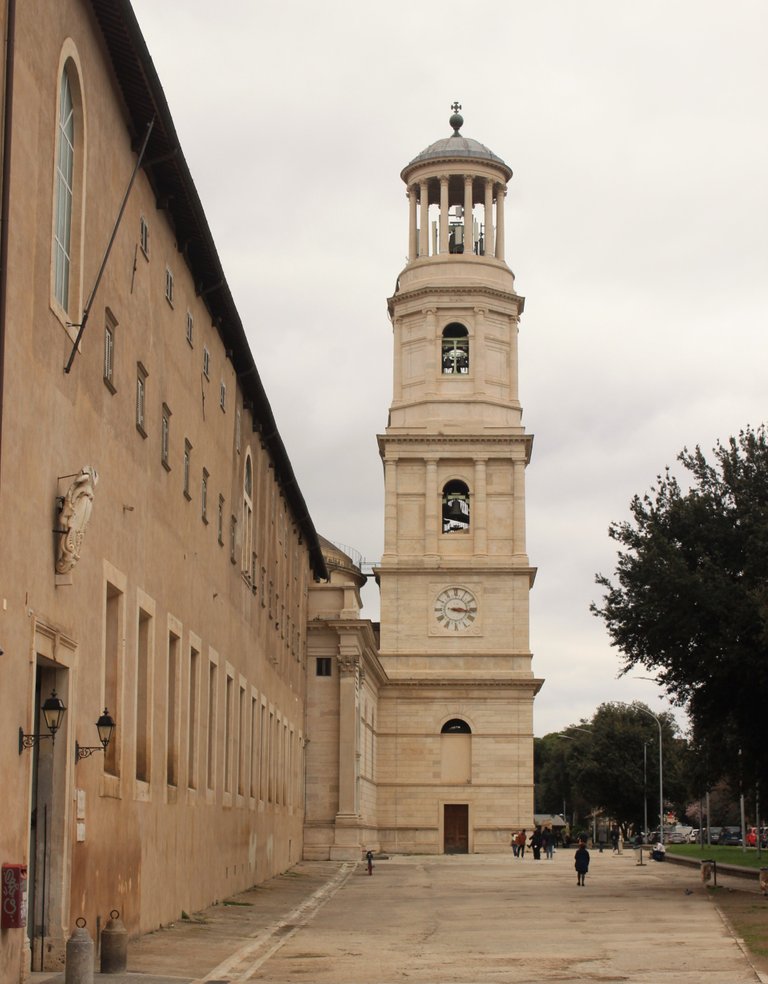
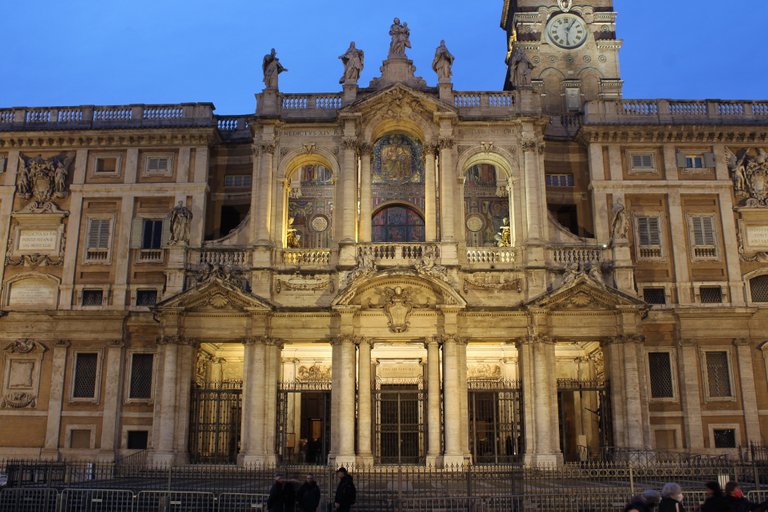
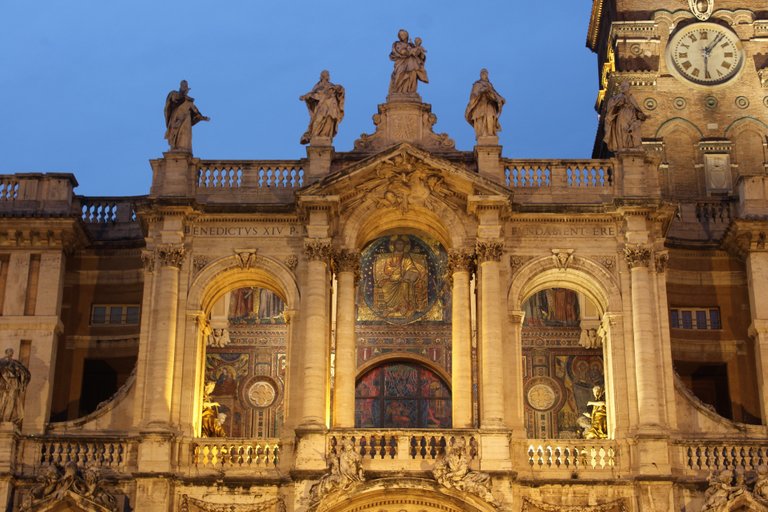
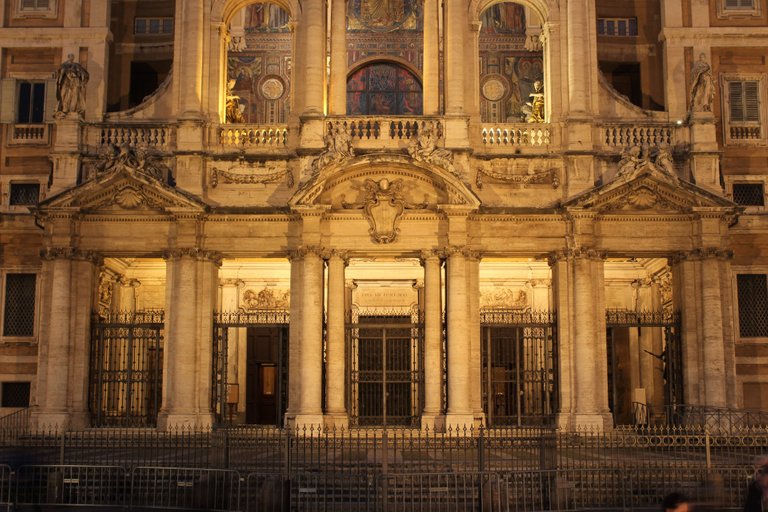

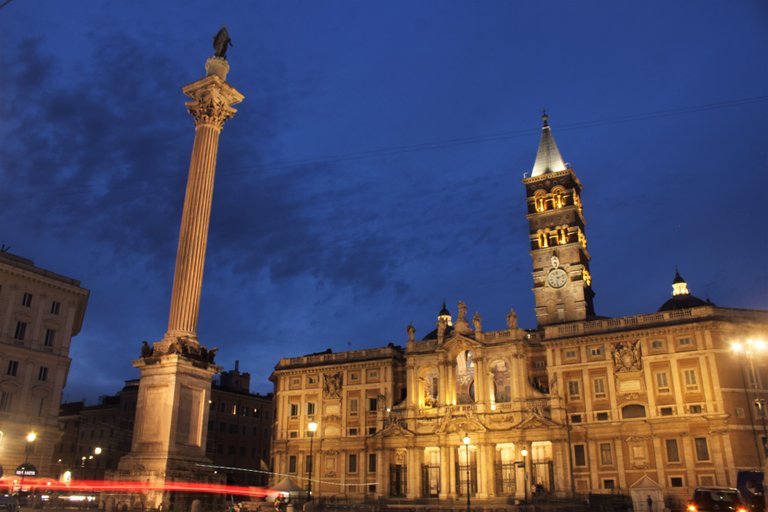

I think I have been to some of these but the amount of magnificent churches is absolutely overwhelming in Rome, the city is like one giant museum of architecture :) Cool shots!
@tipu curate
Upvoted 👌 (Mana: 0/43) Liquid rewards.
Congratulations, your post has been added to Pinmapple! 🎉🥳🍍
Did you know you have your own profile map?
And every post has their own map too!
Want to have your post on the map too?
Your content has been voted as a part of Encouragement program. Keep up the good work!
Use Ecency daily to boost your growth on platform!
Support Ecency
Vote for new Proposal
Delegate HP and earn more
PS: You can now search for your travels on-the-go with our Android App. Download it on Google Play